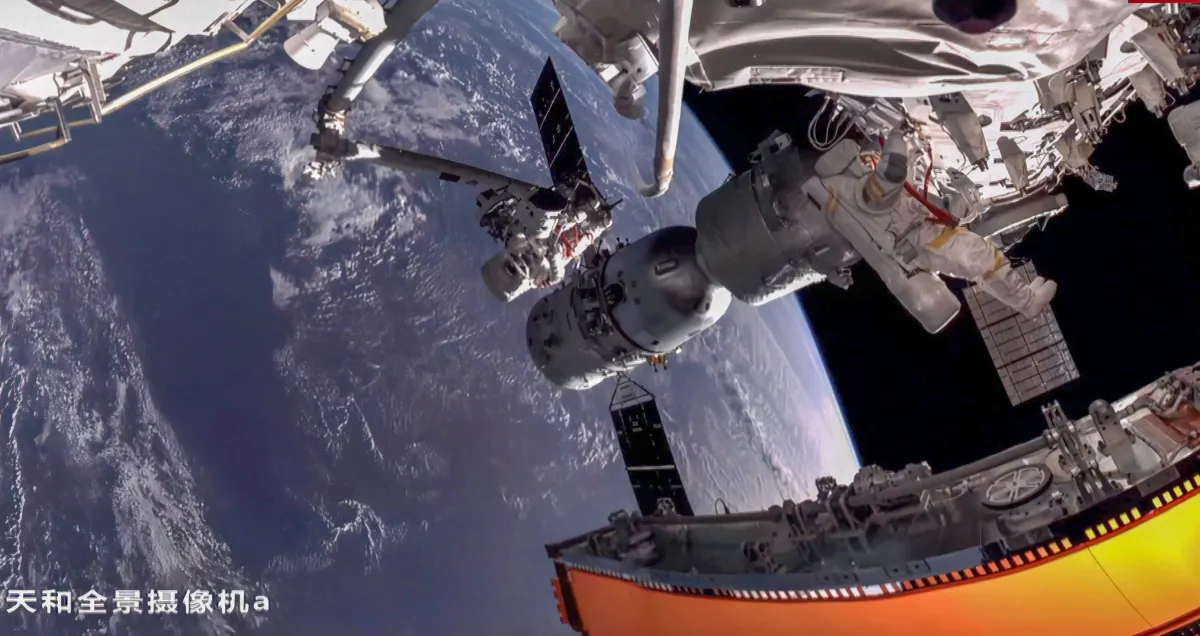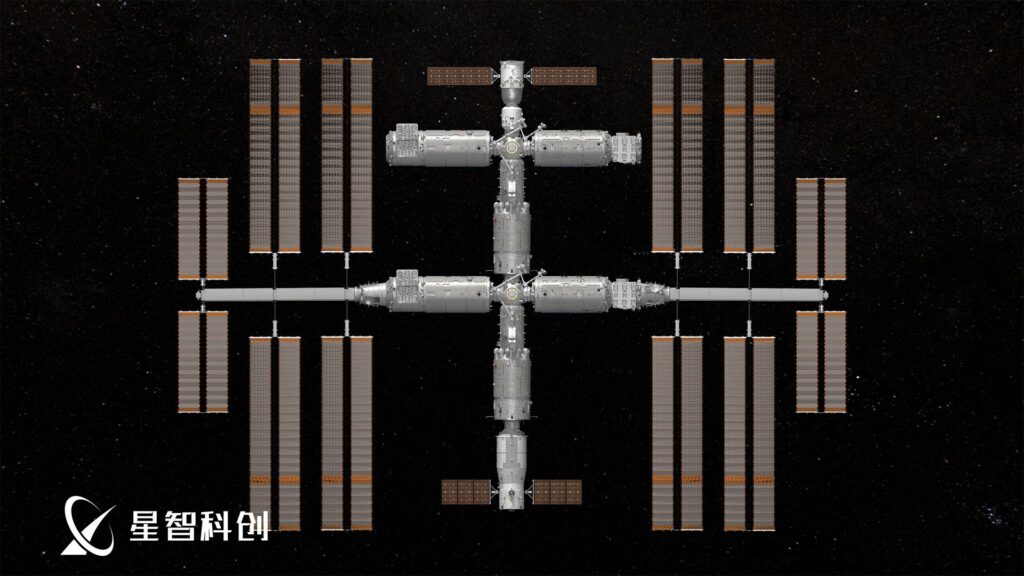China plans to expand the Tiangong station by adding a multifunctional module. This was announced by Ji Qiming, assistant to director of the China Manned Space Engineering Office.

In November 2022, the Mengtian laboratory module successfully docked with the Tiangong orbital station. Thus, China has completed the first phase of assembling its space outpost. At the moment, it consists of three modules — the base compartment and the laboratory modules Mengtian and Wentian. Even before the completion of the first phase of the Tiangong assembly, representatives of the Chinese National Space Administration reported that they were exploring the possibility of expanding the station in the future. Apparently, these plans began to be gradually implemented.
According to Ji Qiming, the multifunctional module will have six docking ports. They will allow a larger number of spacecraft to dock to the station than now, which will facilitate the implementation of plans for further expansion of the complex, as well as sending commercial missions and space tourists to it. After adding the module, the Tiangong station, which now resembles the letter “T”, will acquire a cruciform shape.

China also plans to start training foreign cosmonauts for flights to its station. The state media of China reported that several states had already expressed similar interest. However, the names of specific states have not yet been reported.
Recall that for a long time China has been trying to organize the flight of European cosmonauts to Tiangong. However, recently the head of the European Space Agency (ESA), Josef Aschbacher, ruled out this possibility. According to him, Europe has neither money nor political interest in continuing such cooperation with China.
According to https://spacenews.com
Follow us on Twitter to get the most interesting space news in time
https://twitter.com/ust_magazine
